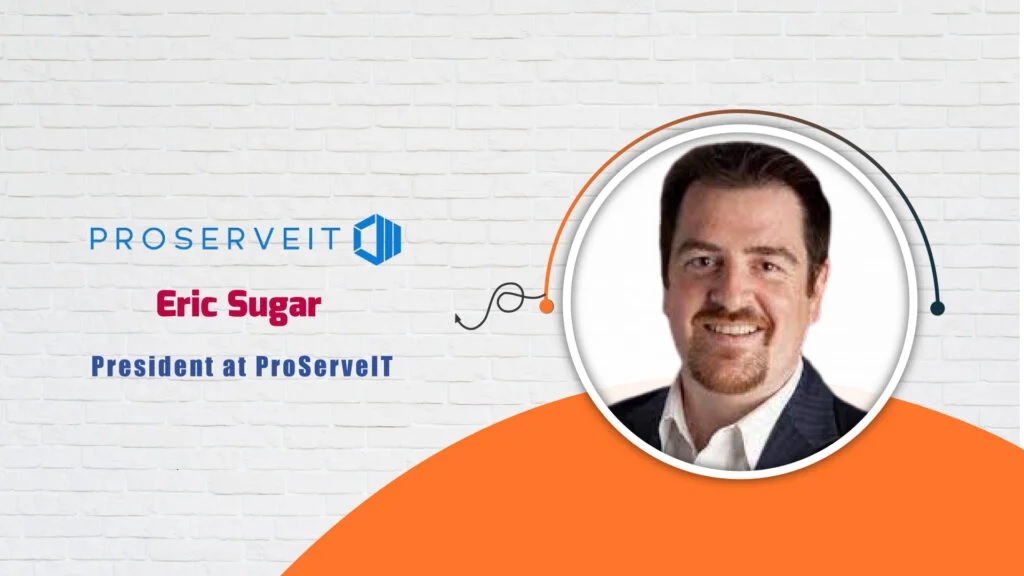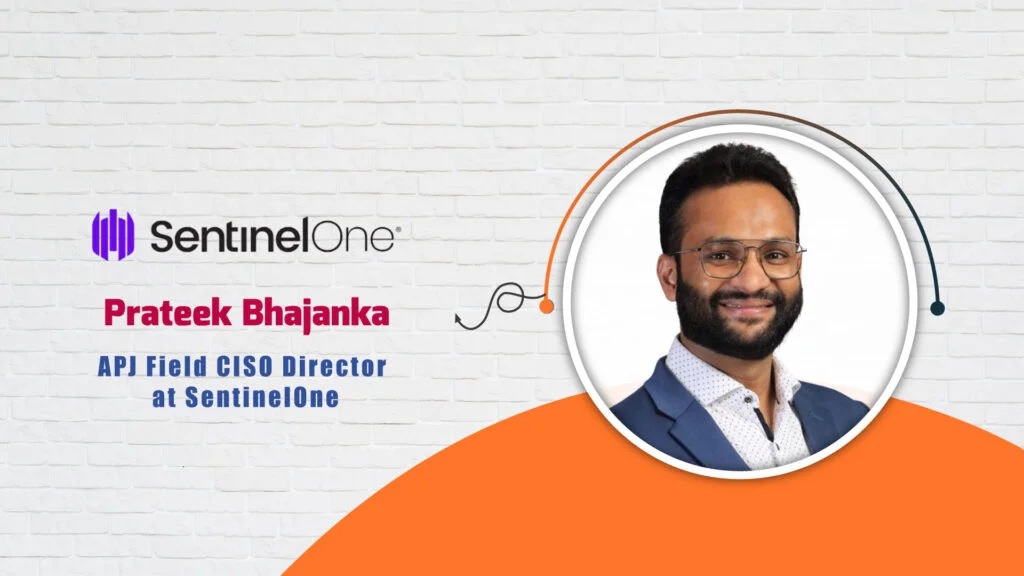Chase, please tell us about your background and what brought you to your role as Principal Strategist at JumpCloud.
I’ve spent over a decade in the tech industry, in cloud computing and cybersecurity. Over that time, I’ve been able to indulge my passion for all things identity-related and JumpCloud has been a perfect fit. JumpCloud’s mission to simplify and secure IT management for businesses of all sizes— especially for the traditionally overlooked small and medium-sized enterprises (SMEs)—is unique, and I’d argue we’re uniquely good at it. My role is to help shape our product vision to ensure we’re meeting the evolving needs of our customers in an increasingly complex IT landscape.
How is AI currently impacting cybersecurity for small and medium-sized enterprises (SMEs)?
JumpCloud conducts a twice-yearly survey of IT admins (our most recent edition of the survey just came out in July), so we’ve been able to get a real-time pulse on how SMEs are adapting to AI.
The first time we asked about AI six months ago, there was a lot of excitement but also a lot of fear. What we’re seeing now is that while the optimism has faded a little, it’s still pretty strong. Most organizations – 67% – have plans to implement AI initiatives and about the same number of folks have actually developed an AI policy– a great first step toward a robust, intentional approach to AI in the workplace.
As to how AI is impacting cybersecurity for SMEs, it’s both positive and negative. On the positive side, AI-powered tools are enhancing threat detection and response capabilities, allowing SMEs to identify and mitigate potential security risks much more quickly and accurately than before. This is particularly beneficial for SMEs that lack the resources for large security teams. However, AI is also being used by bad actors in more sophisticated attacks. We’re seeing an increase in AI-generated phishing emails and adaptive malware that can evade traditional security measures. This duality around AI won’t be going away anytime soon, so SMEs need to embrace AI while developing protections against it.
Based on your recent survey, what best practices would you recommend for SMEs to enhance their cybersecurity in light of AI developments?
First and foremost, implementing strong identity and access management is crucial. This includes using multi-factor authentication (MFA) and adopting a least-privilege access model. We also found that employee training is more important than ever, given the increasing sophistication of AI-powered phishing attempts. SMEs are also responding by partnering with managed service providers (MSPs) to access expertise and capabilities that might otherwise be out of reach.
To Know More, Read Full Interview @ https://ai-techpark.com/aitech-interview-with-chase-doelling/
Related Articles -
Top Five Best AI Coding Assistant Tools
Spatial Computing Future of Tech
Trending Category - Mobile Fitness/Health Apps/ Fitness wearables




